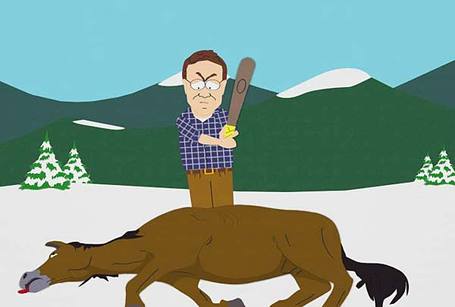enterthedragon
Member
lets say i wanna flatten a board that has a typical twist in it ie 2 high corners, 2 low corners. wats the step by step process i need to take inorder to get it flat? the no.7 is used for true flatness.

Woodwork!enterthedragon":1unl80c4 said:lets say i wanna flatten a board that has a typical twist in it ie 2 high corners, 2 low cor This would meners. wats the step by step process i need to take inorder to get it flat? the no.7 is used for true flatness.
Few people are capable of expressing with equanimity opinions which differ from the prejudices of their social environment. Most people are even incapable of forming such opinions.
Albert Einstein 8)
enterthedragon":2psbpebs said:lets say i wanna flatten a board that has a typical twist in it ie 2 high corners, 2 low corners. wats the step by step process i need to take inorder to get it flat? the no.7 is used for true flatness.
Really? Fairly simple stuff I think, and well covered above.bugbear":2v0g7j8h said:.....
This is too big a question to usefully and completely answer in a forum, ....
Jacob":eh96w4pp said:Really? Fairly simple stuff I think, and well covered above.bugbear":eh96w4pp said:.....
This is too big a question to usefully and completely answer in a forum, ....
Week one stuff.
There'd be a few other things included :roll:bugbear":2ou185cd said:Jacob":2ou185cd said:Really? Fairly simple stuff I think, and well covered above.bugbear":2ou185cd said:.....
This is too big a question to usefully and completely answer in a forum, ....
Week one stuff.
If you're at a college, that's 40 hours.
BugBear
This is a process which essentially is not difficult, although it may appear so when you do it for the first time. Place the board on the bench, chock it so that it's stable and use a woodie or even a scrub to get the high corners reasonably true...check with winding sticks to see that you're getting there. Then go to a No5 (or similar) to refine the surface, checking three things constantly a) that the board's not in wind b) that it's flat in the width...300mm rule and c) that the overall length is still flat...your longest straight edge here. Once the board is in this happy state, then attack it with the No7 to get off the last few shavings till it's as flat as you need, still checking those three parameters as you go. Have a go...it's not all that difficult - RobJacob":2xuqj70o said:Really? Fairly simple stuff I think, and well covered above.bugbear":2xuqj70o said:.....
This is too big a question to usefully and completely answer in a forum, ....
Week one stuff. Week two is halving joints!
The main thing is to do it and find out how to do it in the process. Like so many things.
If you are actually doing it rather than thinking about it I wouldn't bother with the books and dvds, just get stuck in. There is too much information out there. Don't let them persuade you it is difficult!
Jacob":16i2myt9 said:be a few other things included :roll:
Sharpening freehand on a double sided oil stone being one.

Agreed, which is the point I was attempting to make. The No7 is left for those last few shavings to bring the board to the required flatness and finish...I'd also set the plane fairly fine. The scrub is useful if it's a board straight from the mill, or an old board, where there might be some dirt of contamination engrained into the surface...the scrub gets under rubbish to leave you with nice clean timber ready for the next plane - RobJacob":bu2197os said:Absolutely. I'd also use a 5 or 5 1/2 and save the 7 for super straightening.
I wouldn't bother with a scrub though - they are a bit redundant IMHO unless you have some very rough stuff to attack, and the finish is worse than a sawmill finish - but clean, which is the whole point of a scrub.
I know - I was agreeing with you! :roll:woodbloke":3tjaywtd said:....
Agreed, which is the point I was attempting to make. ...
Makes a change Jacob! :lol: - RobJacob":18j48u3q said:I know - I was agreeing with you! :roll:woodbloke":18j48u3q said:....
Agreed, which is the point I was attempting to make. ...
LuptonM":2g9jqe9x said:To get a face flat I'd try and make it concave first by planing out the wood from the middle. Then draw pencil lines across the width of the board and plane diagonally both ways across the board until the pencil marks are gone. Then plane down the length, making sure you don't make the board convex across the width (check with the edge of the plane sole)
Enter your email address to join: